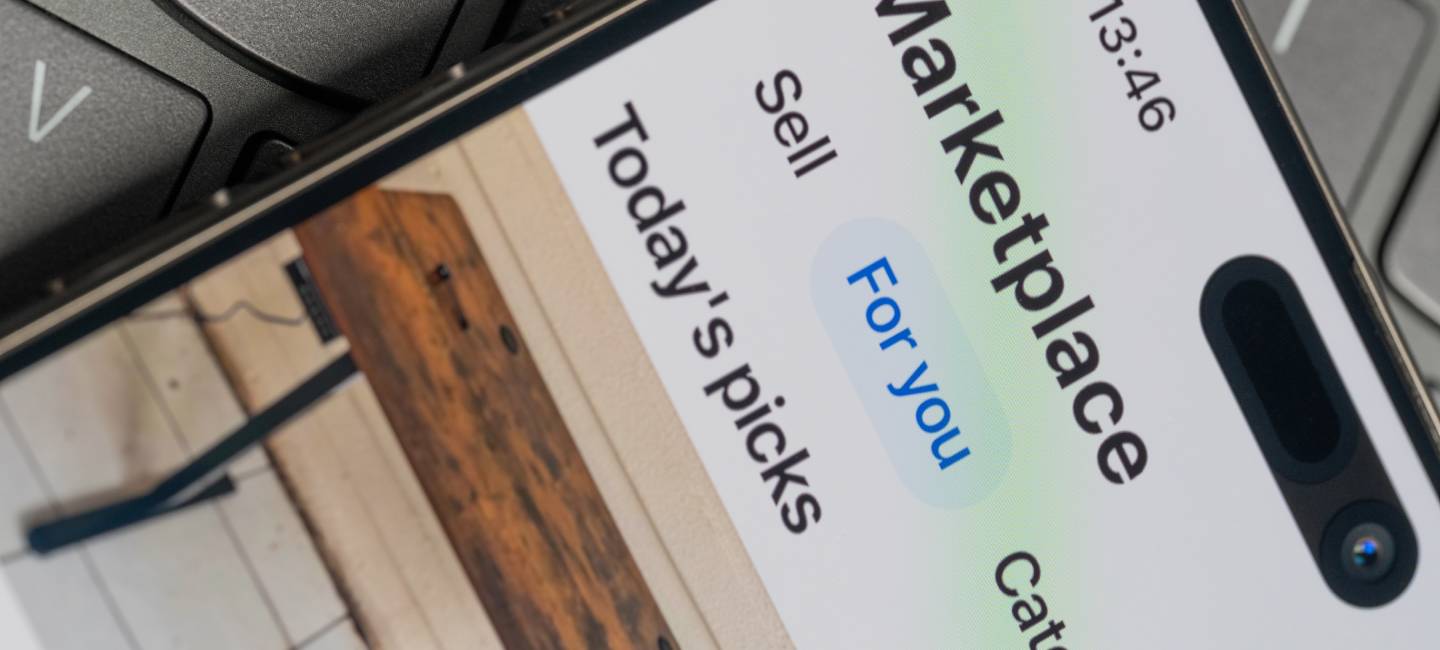

Facebook Marketplace can be a great way to sell unwanted items or bag a bargain but, whether you’re a seller or buyer, it’s important to stay safe.
It’s free to buy and sell, is a good way to connect with people in your local area, and can be convenient. Unfortunately, the platform is also a prime target for scammers. Below, we’ll explain the scale of the problem and how to spot and avoid the scams.
What’s on this page?
TSB has warned that more than a third of adverts on Facebook Marketplace could be scams, with the bank reporting that Facebook accounted for 73% of all ‘purchase fraud’ cases at TSB.
Daniel Richards, director of fraud at TSB, says: “Due to such a high level of fraud on social media platforms, it’s vital you remain vigilant to common scams – and only make a purchase if you can verify the item and seller in person.
“Fraudsters use an array of tricks, such as advertising goods and services that you will simply never receive, and demanding upfront payments and deposits for items that don’t exist.”
Figures from the Payments Systems Regulator (PSR) also show that more than half of reported ‘authorised push payment’ (APP) scams involved Meta-owned platforms, which include Facebook, Instagram, and WhatsApp. APP scams are any scams where you transfer money to a scammer, including if you’re buying an item that is fake or doesn’t turn up.
These numbers might sound worrying, but they shouldn’t put you off using Facebook Marketplace. The key, whether you are buying or selling, is to learn how to spot the warning signs before you buy or sell, to help you stay safe and stop the scammers in their tracks.
Vix Leyton, consumer expert at ThinkMoney, says: “Facebook can be a lovely place to catch up with friends, but it’s also a bit like leaving your handbag open in a busy café. Scammers rely on speed and trust, so slow down before you click.
“Treat Facebook like a bustling market: enjoy the buzz, but keep your wits about you and your valuables close.”
The big risk of selling on Facebook Marketplace is that you hand over an item, but you don’t get paid. Scammers are inventive and constantly adapt how they do this. If you sell something on Facebook Marketplace, you’ll agree with the seller how the item will be paid for, such as cash, PayPal or bank transfer.
Be aware that some scammers send screenshots of fake payment confirmations or pending transactions. Others claim they sent more money than they meant to and need a refund – only for the original payment to subsequently bounce or disappear.
The safest way to protect yourself is to either take payment in cash (and use a counterfeit note detector pen to check the money is real) or to use a trusted digital payment service where you can clearly see the money has fully cleared.
If you agree to meet a buyer in person, make sure it’s in a public place with good lighting and CCTV, rather than at your home address. For added security, take someone with you, or share your live location with a friend via Google Maps or WhatsApp.
If you’re posting an item, consider using a tracked and insured postage service so that you have proof of delivery and protection against false claims that the item wasn’t received. There are some red flags you should keep an eye out for when you’re selling on Facebook Marketplace.
These include:
“If an offer or message feels suspicious, report it to Facebook and block the sender. This stops them from contacting you again and helps warn other users,” says Leyton.

If you’re buying something on Facebook, your biggest risk is paying for something that doesn’t exist or isn’t what you were promised.
Max Beckett, broadband expert at Uswitch, says: “It’s important to verify the authenticity of items before committing to a purchase. Wherever possible, arrange to view the item in person, ideally in a safe, public place during daylight hours. Genuine listings usually include clear, high-quality photos and detailed, accurate descriptions.”
As well as checking out the item, do your homework on the seller by checking out their Facebook profile.
Vonny Gamot, a spokesperson for McAfee, advises: “Look out for accounts that have only recently been created or that has next to no other activity. Those might be red flags. You can also get help in conducting a reverse-image search, which you can do by inputting the person’s profile picture on Google.”
This could highlight some warning signs – for example if the picture has been used across multiple profiles or it’s from a stock photo website.
Other red flags to watch out for when buying on Facebook Marketplace include:
Again, if you’re concerned about a seller’s behaviour, you can report it to Facebook. You can also block them so they can’t contact you again.
The safest approach when buying is to keep your transactions on-platform and in person whenever possible. If the seller is local, arrange to see the item before you pay. Do this in a public place and consider taking someone along with you.
Leyton says: “When possible, try to pay using PayPal. It can help you get your money back if the seller turns out to be fraudulent.”
Some product categories – such as designer goods, electronics, pets and high-value collectables – carry a higher online safety risk because they are commonly targeted by scammers.
If you still want to buy these, be extra careful and be wary of handing over large amounts of money. It's also best not to buy event tickets or gift cards on Facebook Marketplace because these are frequently faked or already used.
Facebook Marketplace can be a brilliant tool for decluttering, earning extra money and finding a bargain.
Staying safe comes down to slowing the process down, keeping proof of every step, and making sure both the payment and the product are exactly what they seem.
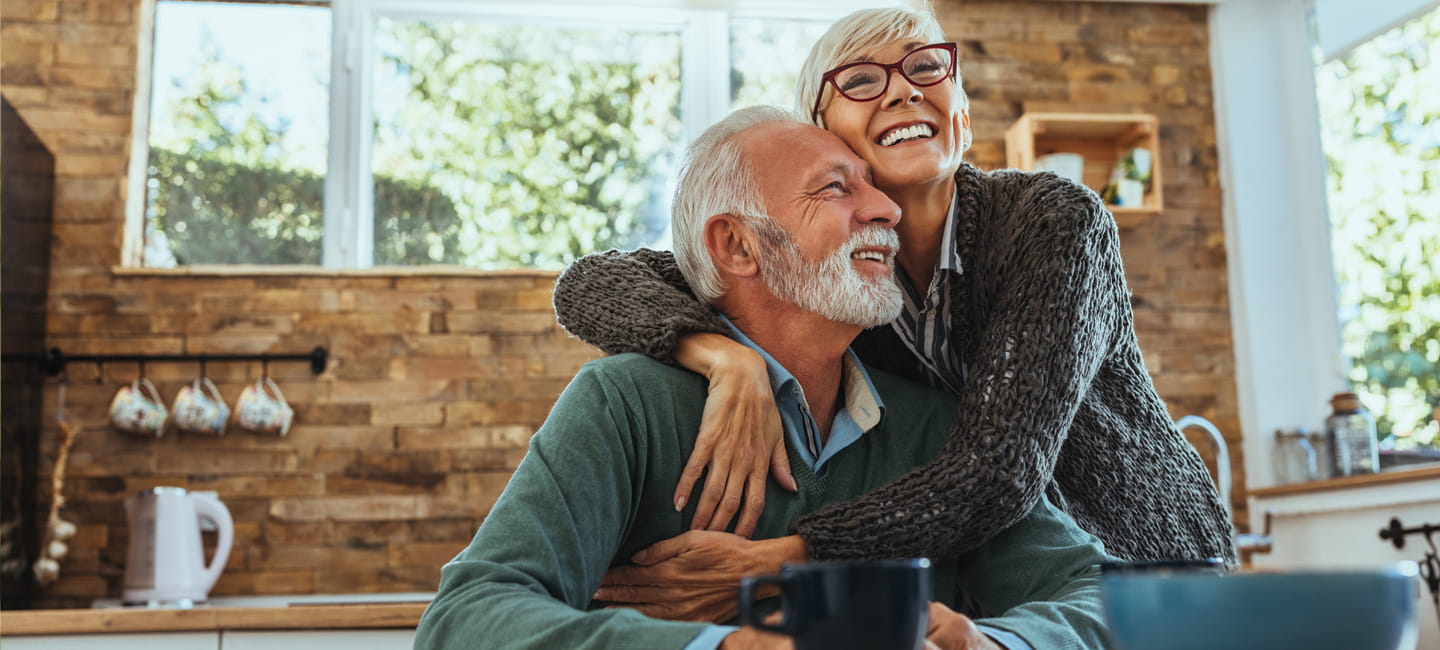
.jpg?la=en&h=650&w=1440&hash=D6E11A2938D004BD38DF40EF118137AE)
From books to old tech, discover the hidden value in your home and the best ways to sell it.
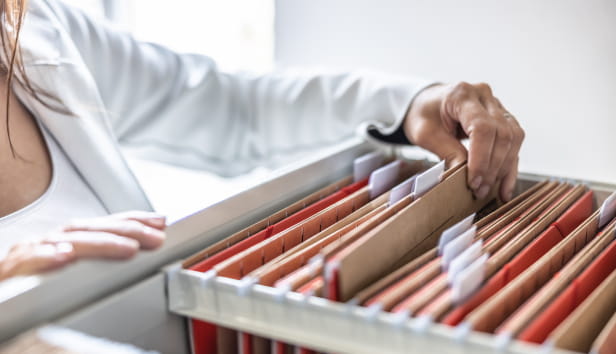
Take control of your financial clutter with our step-by-step guide to sorting your documents.
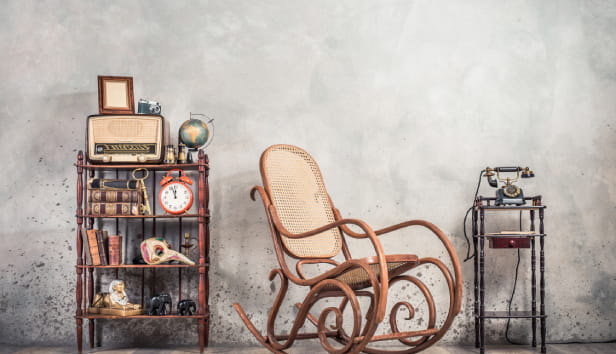
Do I pay capital gains tax on family treasures and valuables?
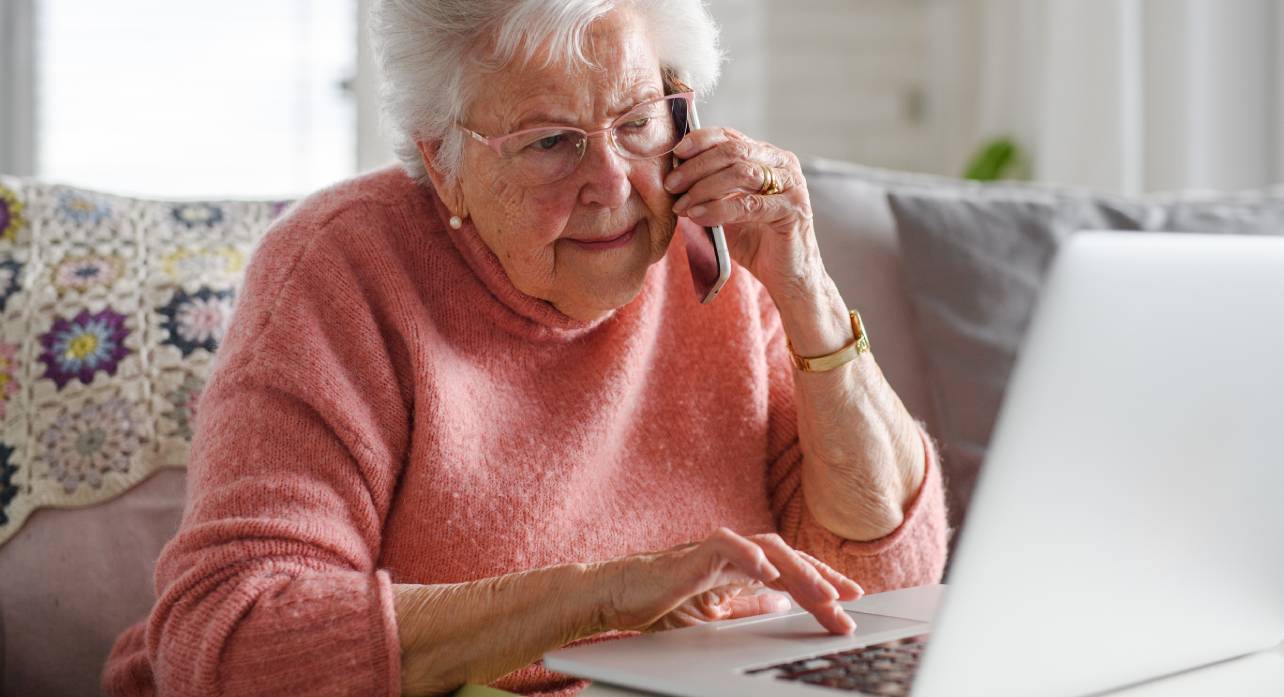
Keep your card details and money safe with our essential advice.